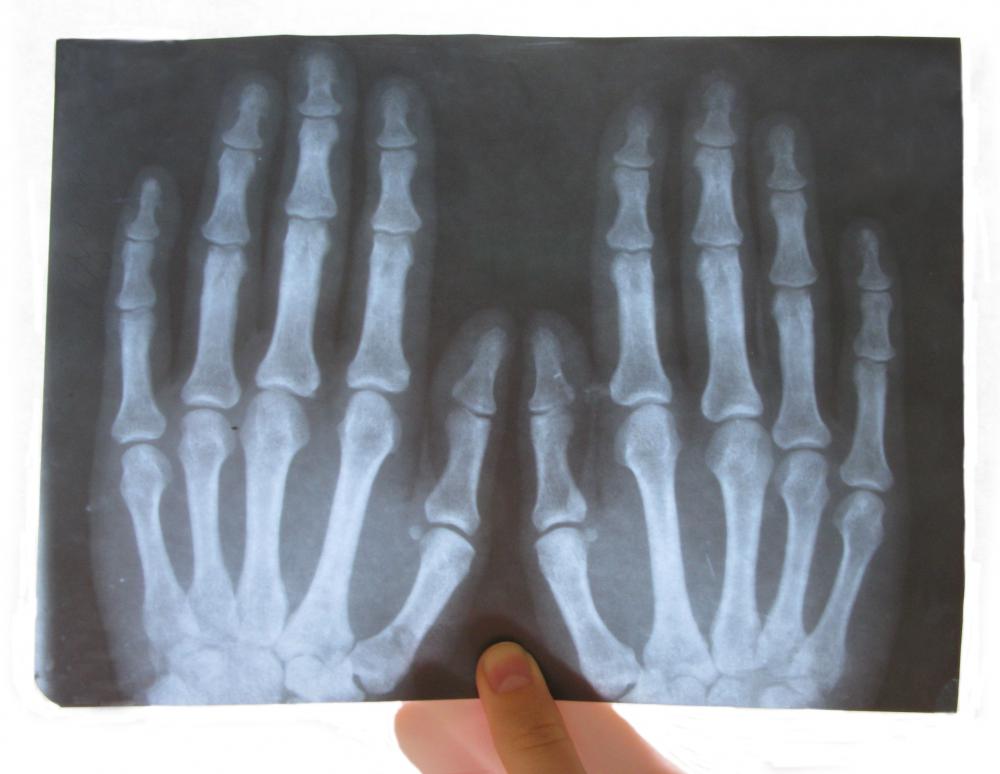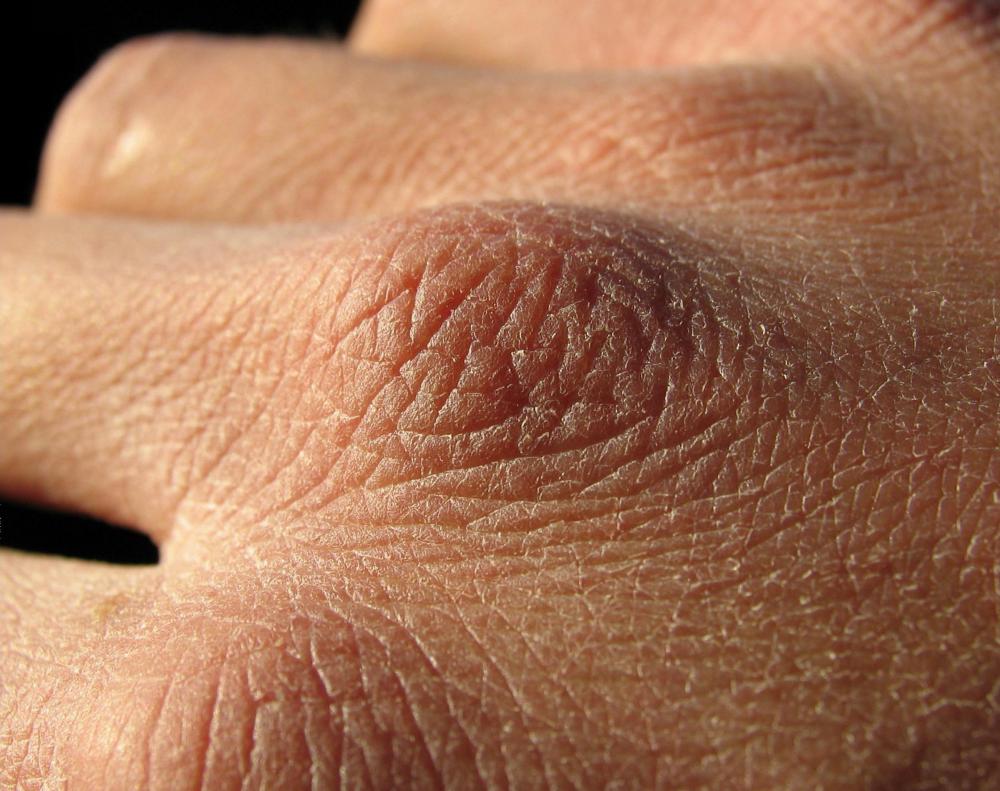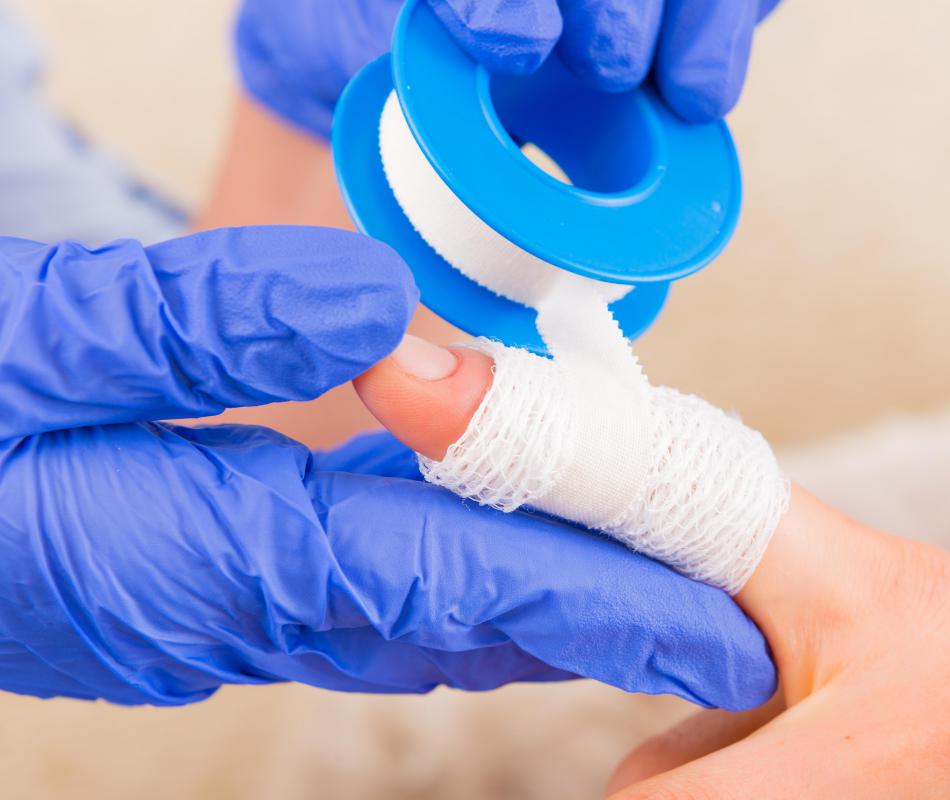At TheHealthBoard, we're committed to delivering accurate, trustworthy information. Our expert-authored content is rigorously fact-checked and sourced from credible authorities. Discover how we uphold the highest standards in providing you with reliable knowledge.
What is the Metacarpophalangeal Joint?
The metacarpophalangeal joint, or MCP joint, is one of five joints in each hand that connect the metacarpal bones in the palm to the phalangeal bones in the five fingers. These joints are the large knuckles visible when the hand is clenched in a fist. With the exception of the MCP joint at the thumb, the joint at each finger is considered a condyloid joint. A condyloid is a synovial or movable joint characterized by its oval joint cavity and the movements it allows: flexion, extension, adduction, abduction, and circumduction.
In the hand, the condyloid metacarpophalangeal joint is made up of a convex surface on the metacarpal bone that inserts into a concave surface on the phalangeal bone. Specifically, the oval-shaped head of the metacarpal is cupped by the elliptical cavity on the proximal or near end of the first phalange in the finger. The shape of these joints allows movement in two planes: the sagittal, or front-to-back, and frontal, or side-to-side. Flexion and extension of the joint, or bending the fingers forward and back, occurs in the sagittal plane, whereas adduction and abduction of the joint, or wagging the fingers medially and laterally, occurs in the frontal plane. Circumduction, or circling of the fingers, occurs in both planes.

The metacarpophalangeal joint that forms the exception is that of the thumb. With its movement limited mostly to flexion and extension, the MCP joint of the thumb is largely considered to be a ginglymoid, or hinge, joint. While the thumb can indeed be wagged from side to side and circled as the fingers can, it is the carpometacarpal joint situated a couple of inches below the MCP of the thumb that is responsible for this movement.

Injuries that may occur at the metacarpophalangeal joint include ligament injuries such as strains or tears and dislocation of the fingers from the joint. Most of these injuries are uncommon, as the MCP joints are less vulnerable to injury than the interphalangeal joints in the fingers thanks to their more protected position on the hand. Strains and tears generally result from acute injuries to the hand such as hyperextension of the collateral ligaments crossing the joint. This is most common at the MCP joint of the thumb, which has less range of motion and therefore more readily sustains injuries on impact, as when jamming a thumb while trying to catch a football. Dislocations, which are rare at all of the metacarpophalangeal joints, involve a finger bone separating from the adjacent metacarpal as the head of the metacarpal separates from the cavity of the phalange.
AS FEATURED ON:
AS FEATURED ON:


















Discuss this Article
Post your comments